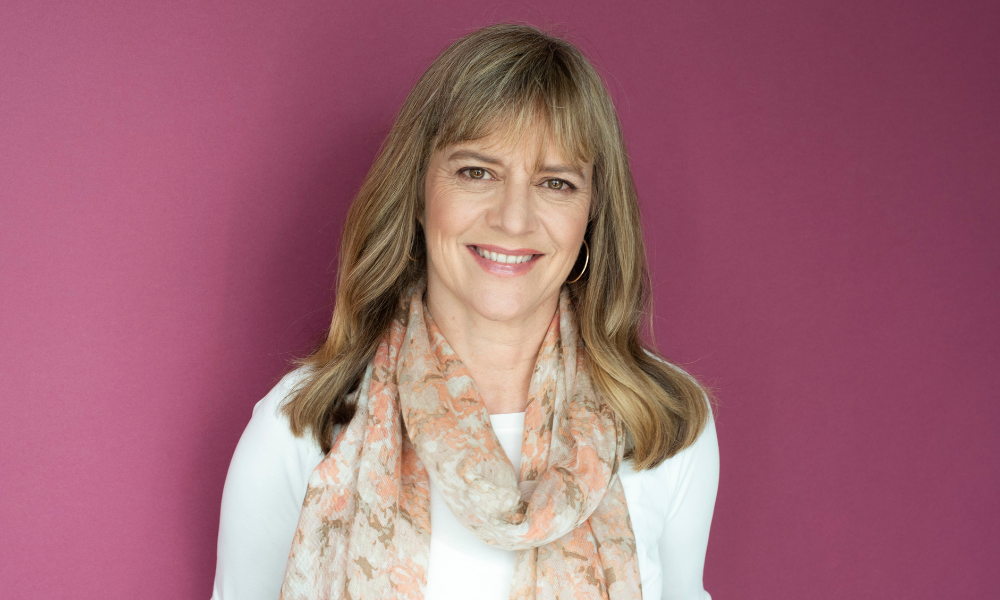Before she became a consultant helping universities achieve more strategic and effective governance, Cheryl Foy was general counsel and university secretary at Ontario Tech University, operating at the intersection of the legal department and institutional governance. During these years embedded in the machinery of academia, she saw an alarming governance disconnect – not just among board members but within the institution itself.
“There continues to be…board members [who] really struggle, but what I didn’t fully appreciate was that folks inside the university also struggle with understanding university governance,” she says.
In her role at Ontario Tech University, she provided legal advice, oversaw risk management, helped build a university-wide compliance framework, and led governance for both the university board and the academic council. She was involved in everything from policy and privacy to intellectual property and nuclear import/export compliance.
“I was responsible for all of the legal operations for the university,” Foy explains. Her governance responsibilities were just as demanding. “There’s a lot of training involved in…introducing governance inside a university to the board.”
Universities, as she describes them, are unlike any other client a general counsel might serve. They’re complex corporations with bicameral governance structures, cultural silos, and competing mandates. And Foy believes firmly in not separating the legal and governance portfolios – a mistake she sees repeated across academia.
“I’m actually a big fan of keeping the governance portfolio [with] general counsel… inside universities,” she says. “Effectively, what that involves… is managing workflow… advising on governance… and at the same time trying to lead them toward better governance.”
Her shift to full-time consulting didn’t happen overnight. It was sparked by an itch to understand the structural oddities of higher education governance. After working in public companies, she found universities operated under principles often “not applied” from standard governance models. COVID gave her the quiet needed to write An Introduction to University Governance – a book that’s now a go-to resource in the sector.
“I wanted to write a book… [that was] accessible, not an academic book, but a real introduction to this strange world of university governance,” she says. “Board members… didn’t understand the sector.”
The response was immediate. Invitations started rolling in. Within months, she was consulting part-time while still in-house. Soon after, she launched Strategic Governance Consulting Services Ltd., and by 2022, she committed to the work full-time. She’s since advised over 40 institutions and associations across Canada.
Despite her success, the challenges she identifies are far from resolved. The most pressing? The enduring complexity and educational gaps in governance systems. “It’s not a simple system,” she says, pointing to the persistent role confusion and lack of structured onboarding.
“Universities are really struggling with the roles of the two bodies,” Foy explains. “Senates… are struggling for lots of reasons… role understanding and education are fundamental to working together.”
Part of her work now involves leading full-scale governance reviews. At institutions like Dalhousie, Brock, and Nipissing, she’s dissected governance frameworks and reassembled them with a clear-eyed focus on functionality. Themes inevitably emerge: blurry lines between authority and execution and decision-making paralyzed by structure instead of empowered by it.
“Role clarity is huge,” she says. “Universities tend to have… too many committees, and so they get bogged down.”
While she focuses on governance, Foy still works alongside general counsel who hold hybrid governance roles, offering them peer support to navigate internal politics and evolving responsibilities.
“I’m really helping them navigate their role as governance professionals and lawyers,” she says. “I don’t give a lot of legal advice anymore.”
Among the most fraught areas of her work is the tension between academic freedom and equity, diversity, and inclusion mandates – a fault line that’s exposed deep cultural divisions.
“There have been allegations that academic freedom conflicts with diversity, equity and inclusion goals,” Foy explains. “There is that debate… [but] I think we can express our opinions and also be respectful and civil.”
She’s candid about the systemic inequities she sees. Senior academic governance is often dominated by “older tenured, primarily white male professors,” in part because the service demands clash with promotion pathways based on research output.
“Younger faculty… trying to get tenure… don’t necessarily have voices in governance,” she says. “So there are lots of those kinds of issues that universities are working through.”
One of her sharpest critiques is reserved for what she sees as a blind spot in institutional self-awareness. Following the 2021 Laurentian University crisis, she was vocal about what was at stake.
“The only way to assure our constituents… is to be well governed,” she says. “Accountability is kind of an antidote to control.”
Yet despite all this, Foy remains hopeful. She continues to advocate fiercely for the essential democratic role universities play – not just as job creators, but as educators, and incubators of critical thinking, public discourse, and societal resilience.
“Our government policy is driving us towards very utilitarian views of universities,” she says. “Whereas I think it’s really important to recognize the intrinsic value of having educated citizens.”
Her message to other general counsel? Use your proximity to power to identify and solve structural problems. That’s how she turned observation into impact – and built a thriving consulting practice without ever setting out to do so.
“I think my book came out of using that role and sitting back and observing the patterns… and helping solve problems,” she says. “What I didn’t anticipate was how quickly it would happen… people would call me, you know, within months.”
Her advice to other in-house lawyers contemplating a new path is simple: think about what only you can see from your vantage point – and who else might need help seeing it too.





